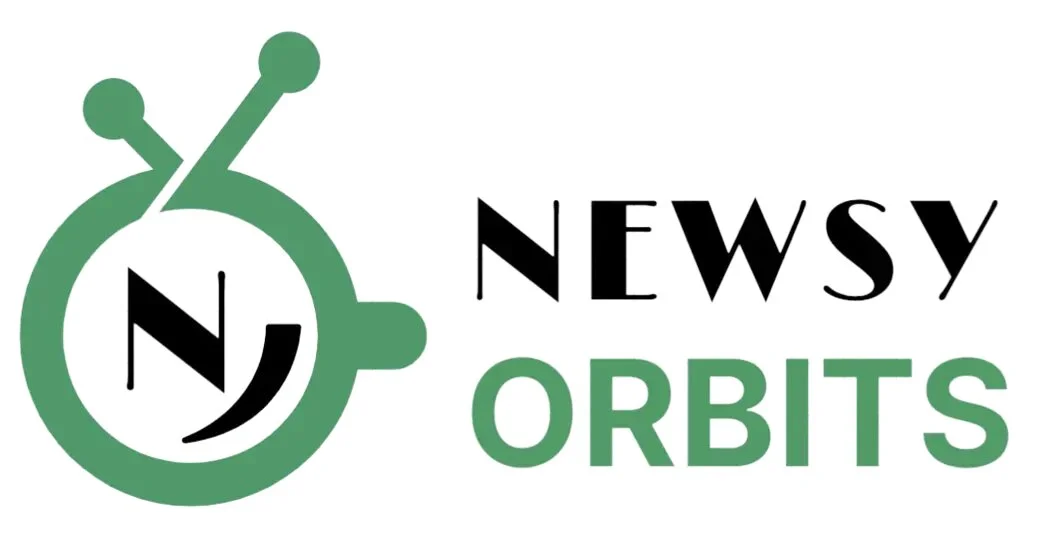Best mortgage insurance:
The idea of having to put down 20% of the cost of a house in order to obtain a mortgage turns off a lot of prospective homeowners. The good news is that you can obtain a mortgage with a significantly lower down payment; however, this will probably require you to purchase mortgage insurance.
Mortgage insurance is typically required on conventional loans (loans not backed by a government agency) where the down payment is less than 20% of the purchase price of the home. It will reimburse your lender if you stop making mortgage payments. mortgage insurance
What you should know about mortgage insurance and how to account for it in the price of home ownership is covered by CNBC Select below.
Mortgage insurance: what is it?
One kind of insurance that shields a mortgage lender from a borrower defaulting on payments is mortgage insurance. Mortgage insurance, as opposed to homeowners insurance, primarily safeguards the lender and its investment in your house, not the borrower. The premiums, however, are paid by the borrower. mortgage insurance
This kind of insurance typically kicks in when the borrower makes a small down payment; typically, private mortgage insurance is required for conventional mortgages with down payments under 20%.
The majority of mortgage insurance policies have a monthly premium, and there might be additional charges that are rolled into your mortgage or added to your closing costs, which are the fees you pay when you complete your purchase. mortgage insurance
Homebuyers with smaller down payments can often get favorable terms from many mortgage lenders. Chase Bank is among the top mortgage lenders on CNBC Select because it provides mortgages with as little as 3% down payment for borrowers who require flexibility with their down payment. Additionally, PNC Bank provides a range of loan options, such as a PNC Community Loan option that permits small down payments without the need for private mortgage insurance and a special loan option for medical professionals. mortgage insurance
Mortgage insurance types
Mortgage insurance comes in two primary flavors: mortgage insurance payments (also referred to as MIP) and private mortgage insurance (commonly abbreviated as PMI). What you need to know about the two types’ distinctions and how to pay for them is provided below.
Private mortgage insurance: what is it?
Conventional mortgage loans are usually covered by private mortgage insurance, or PMI. PMI typically has a monthly payment that can range from 0.1% to 2% of the total amount of your loan each year.
There are four typical varieties of private mortgage insurance that you may encounter:
mortgage insurance borne by the borrower. When you reach 22% equity in your home, the most popular type of PMI cancels, and you continue to pay an additional monthly fee with your mortgage payments. This insurance can sometimes be cancelled with as little as 20% equity.
insurance for a single mortgage premium. You must pay for this private mortgage insurance up front. This results in smaller monthly payments, but if you have to move and sell your house or refinance it, you might lose the money you paid up front.
insured mortgages paid for by lenders. With lender-paid mortgage insurance, your lender will cover your PMI. However, you will still be responsible for the costs because these loans typically have higher mortgage interest rates.
insurance for split premium mortgages. With split-premium mortgage insurance, you contribute to the cost of PMI at closing and defer the remaining amount to your monthly payments.
A mortgage insurance premium: what is it?
Similar to PMI, borrowers who use Federal Housing Administration (FHA)-backed loans are subject to a mortgage insurance premium, or MIP.
A 3.5% down payment may be all that is needed for an FHA loan. However, MIP is necessary for all FHA loans, regardless of the amount of the down payment. An upfront mortgage insurance premium (which can be financed into your premium) and an annual premium payment are required when you apply for an FHA loan.
When you reach a certain amount of equity in your home, PMI can be canceled; however, MIP must be repaid by refinancing to a conventional mortgage before you can get rid of it. With an FHA loan, you will pay MIP for 11 years if you made a down payment of 10% or more. You will pay MIP for the duration of the loan if you don’t make a 10% down payment.

